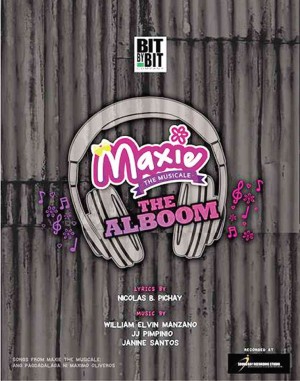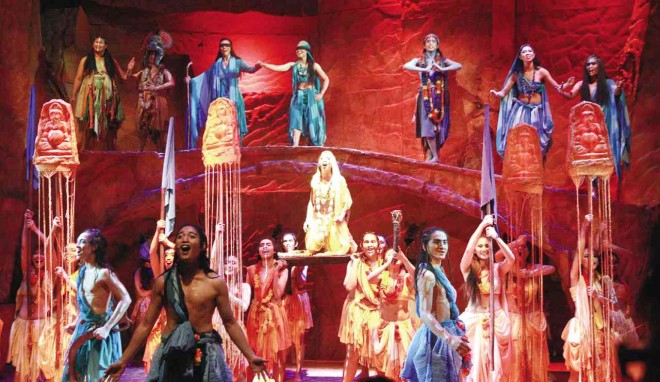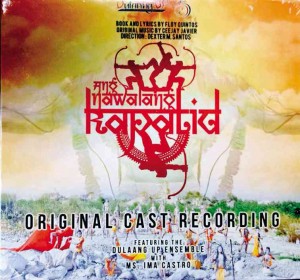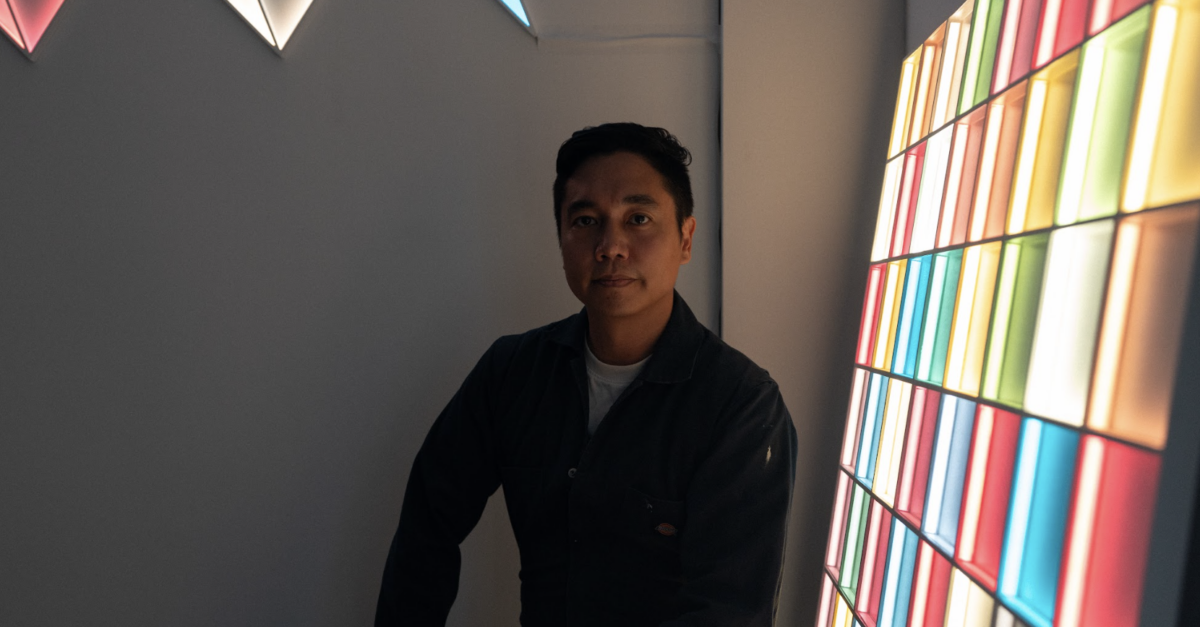

The songs—and how they are rendered—are among the most rewarding things in watching an original Filipino musical. Nothing captivates your heart and simultaneously stimulates your intellect more than the experience of hearing the timeless truths being depicted in the play—love, patriotism, injustice, even faith, to name just a few examples—told in musical form.
The combination of message, emotions and melody can even be more powerful than an impassioned declamation. And the use of Filipino or another local language can add even greater levels of resonance and relevance to the experience to drive the play’s point home.
Frustration
That’s the good news. The other side of the coin is the post-viewing frustration that comes with the knowledge that no recording of the soundtrack is available to make you relive the experience. Aficionados of Broadway and West End musicals (or at least the most popular ones) can satisfy themselves with the knowledge that their albums can be found at selected bookstores or musical shops.
Unfortunately, most of us who had left the theater mesmerized by the music of Ryan Cayabyab’s “Noli Me Tangere” or his “Lorenzo the Musical” had to content ourselves with googling YouTube videos a few months down the line. No DVD could help us remember the joy and wonder we had felt watching the show.
Fortunately, recently released cast recordings of two new popular homegrown musicals seek to remedy that gap.
The first is “Ang Nawalang Kapatid,” Dulaang UP’s critically acclaimed retelling of the Indian epic “The Mahabharata.” Directed by Dexter Santos, the musical made understandable one of the longest and complex classics in world literature and its themes of destiny and karma, without losing any of its sublimity. Floy Quintos wrote the book and lyrics, and Ceejay Javier created the musical score.
The other cast recording has more modern roots. “Maxie the Musicale,” inspired by the hit movie “Ang Pagdadalaga ni Maximo Oliveros,” is a joyous journey of a gay teen’s coming of age and his friendship with an older, attractive heterosexual policeman. Again, Santos sat on the director’s chair; Nicolas Pichay wrote the book and lyrics, which was set to music by the songwriting trio of William Elvin Manzano, JJ Pimpinio and Janine Santos.
Documentation
Javier says that the idea of “Kapatid’s” cast recording was hatched a few months after the musical’s first run in March 2013. The Dulaang UP creative team knew that they had a hit on their hands and they wanted a greater audience outside the university campus to know about it.


As Javier puts it, the soundtrack was also an attempt at “documentation.” The producers of the musical believed that the very integrity of the material would be instrumental in winning over a new, growing audience.
Avid theatergoers and newbies alike may be hard-pressed to grasp all the finer nuances of the “Mahabharata,” which is not as known in this country as its twin “The Ramayana.” This was a challenge that the Dulaang UP team faced in the original production, and which Javier, under Quintos’ guidance, addressed through the music. Respect for the original source was coupled with an awareness of 21st-century sensibilities.
New dimension
“Ginawa ang kuwento sa kanta,” Javier notes. “Paano naming gagawing interesting ito sa audience at sa listeners? Kinausap na ako ni Floy na gawing pop iyong tunog na may Indian flourishes. The music had to be more Bollywood than traditional Hindi.”
Meanwhile, “Maxie the Musicale” is more a concept album, and not strictly a cast recording. The collection of songs evokes the production, but there are additional major pieces that add a whole new dimension to the listening experience.
Also, not all the cast members render their songs; the producers—in this case, Manzano and Santos—brought in a few new artists outside the musical to deliver their own interpretations of some of the songs. Thus, in the concept album, instead of the gay teen protagonist Maxie, it is songwriter Janine Santos who sings a declaration of love to her male crush.
It’s more a “celebration of the music and the lyrics,” says Manzano. “We want to show the musical pieces as songs and not as a performance. We want to make the listeners listen to them and make them enjoy them outside the staging.”
While the traditional cast recording “simulates the theatrical performance,” he says, their concept album is intended to “make the songs shine. The listeners appreciate the song as individual pieces.”
“Trust us, listen to it and give it a chance,” adds Manzano with a smile. “The concept album of ‘Maxie The Musicale’ may sound a bit different from its source, but its heart and soul remain through the purity of its music.”













































